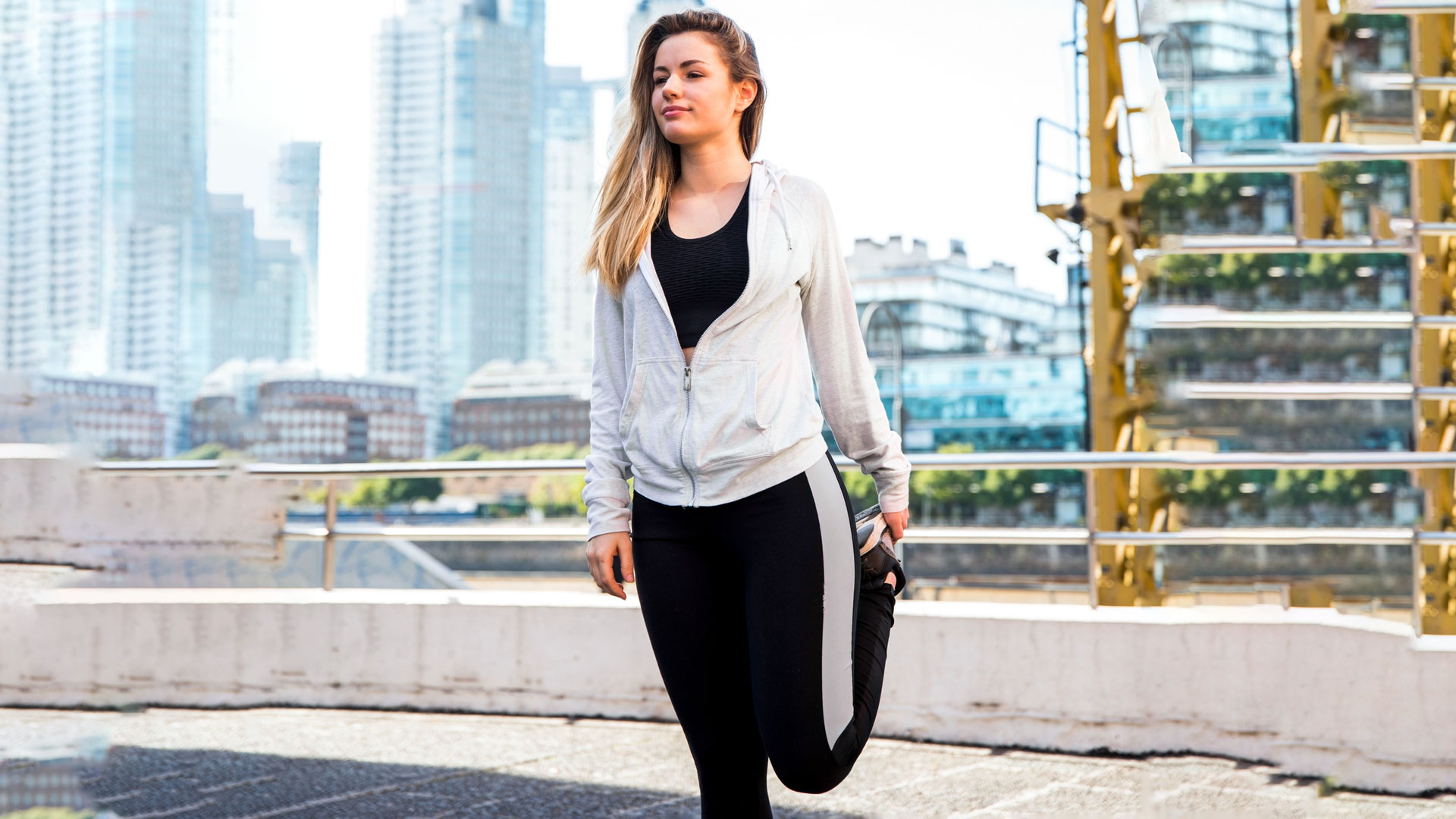The Rise of Athleisure: A Lifestyle Revolution
In recent years, the fashion world has witnessed a significant shift in the way people dress, with comfort and versatility becoming as important as style. This shift has given rise to a new category known as “athleisure,” a trend that blends athletic wear with everyday clothing, allowing individuals to seamlessly transition from a workout to social activities without a change of outfit. What began as a niche market has now evolved into a global phenomenon, redefining the fashion industry and influencing how we approach daily dressing.
Understanding Athleisure
Athleisure is more than just a trend; it’s a lifestyle. The term itself is a portmanteau of “athletic” and “leisure,” reflecting the dual-purpose nature of this style. At its core, athleisure is about combining the comfort and functionality of activewear with the aesthetic appeal of casual clothing. This hybrid category includes items like leggings, joggers, hoodies, sports bras, and sneakers—pieces traditionally reserved for the gym but now embraced in everyday wear.
The appeal of athleisure lies in its versatility. It caters to the modern lifestyle, where people are constantly on the go, balancing work, fitness, and social engagements. Athleisure allows individuals to maintain an active lifestyle without sacrificing style. Whether you’re heading to a yoga class, running errands, or meeting friends for brunch, athleisure offers a seamless solution that fits various occasions.
The Evolution of Athleisure
The roots of athleisure can be traced back to the early 20th century when sportswear first began to influence mainstream fashion. However, it wasn’t until the late 20th and early 21st centuries that athleisure truly began to take shape. Brands like Nike, Adidas, and Lululemon played a significant role in popularizing this category, with their innovative designs and marketing strategies that appealed to both athletes and fashion-conscious consumers.
In the 1980s and 1990s, the rise of fitness culture and the popularity of activities like aerobics and jogging further fueled the demand for stylish and functional activewear. This period saw the emergence of leggings, tracksuits, and other athletic-inspired clothing as fashion statements, not just workout gear. The lines between athletic and casual wear began to blur, setting the stage for the athleisure boom that would follow.
The 21st century has seen athleisure evolve into a dominant force in the fashion industry. The rise of social media and influencer culture has played a crucial role in this evolution, with celebrities and influencers often seen sporting athleisure outfits in their daily lives. This visibility has helped normalize the idea of wearing athletic wear outside of the gym, making it a staple in modern wardrobes.
The Impact of Athleisure on the Fashion Industry
Athleisure has had a profound impact on the fashion industry, challenging traditional notions of what constitutes “fashionable” clothing. The emphasis on comfort, functionality, and versatility has forced brands to rethink their designs, leading to innovations in fabric technology and garment construction.
One of the key drivers of athleisure’s success is its appeal across different demographics. Unlike traditional fashion categories, which often cater to specific age groups or styles, athleisure has a broad appeal. It transcends age, gender, and lifestyle, making it accessible to a wide audience. This inclusivity has made athleisure a lucrative market segment, with global sales expected to continue growing in the coming years.
Another significant impact of athleisure is its influence on workplace attire. As more companies embrace casual dress codes and remote work becomes more prevalent, the line between workwear and casual wear has blurred. Athleisure fits perfectly into this new paradigm, offering employees comfortable yet stylish options that can be worn in both professional and casual settings. This shift has led to the rise of “workleisure,” a subcategory of athleisure that blends business casual with athletic wear.
Sustainability and Athleisure
As with any fashion trend, sustainability has become an increasingly important consideration in the athleisure category. Consumers are more conscious of the environmental impact of their clothing choices, leading to a demand for eco-friendly and ethically produced athleisure products. Brands are responding by incorporating sustainable materials, such as recycled polyester and organic cotton, into their designs and adopting more environmentally friendly manufacturing processes.
In addition to sustainable materials, there is a growing emphasis on durability in athleisure. Consumers are looking for high-quality pieces that can withstand the rigors of an active lifestyle and last for years. This focus on longevity aligns with the broader movement towards slow fashion, which prioritizes quality over quantity and encourages mindful consumption.
The Future of Athleisure
The future of athleisure looks promising, with the category continuing to evolve and adapt to changing consumer preferences. As technology advances, we can expect to see even more innovations in fabric and garment design, offering enhanced comfort, performance, and style. The integration of wearable technology, such as smart fabrics and fitness trackers, into athleisure clothing is another area with significant potential for growth.
Furthermore, as the lines between different fashion categories continue to blur, we may see athleisure influence other areas of fashion, such as formal wear and outerwear. The trend towards multifunctional, versatile clothing shows no signs of slowing down, and athleisure is well-positioned to remain at the forefront of this movement.
Conclusion:
Athleisure is not just a passing trend but a reflection of the evolving needs and values of modern consumers. Its emphasis on comfort, versatility, and style has made it a staple in contemporary fashion, challenging traditional norms and paving the way for new innovations. As we move forward, athleisure will continue to shape the fashion industry, offering a glimpse into the future of how we dress in an increasingly active and dynamic world.




